Health & Science
Crab attack on the Antarctic seabed; Suns rise, suns set; Clean energy from bacteria; Virtuous white produce
Crab attack on the Antarctic seabed
Giant red king crabs are invading the warming waters of Antarctica, decimating native species that have lived there for 14 million years. Scientists recently predicted that it would take as long as a century of global warming for the voracious crabs to be able to tolerate sea temperatures that far south. But a submarine exploring the Palmer Deep, an abyss almost a mile deep near the West Antarctic Peninsula, has found that an estimated 1.5 million of the crabs are already entrenched—and reproducing. The 3-foot-wide crustaceans have laid waste to native creatures like sea urchins, sea lilies, and starfish. As recently as 30 years ago, the abyss was too cold for the crabs, which can’t survive in waters much below 34.5 degrees. For now, melting glacial ice still keeps the shallower waters of Antarctica’s continental shelf too cool for the crabs. But the region is warming rapidly, and the crabs appear to be gradually creeping toward the biologically richer waters of the shelf. They could get there within 20 years, Florida Institute of Technology biologist Richard Aronson tells New Scientist, and “will probably have a radical impact” on the fragile polar food chain.
Suns rise, suns set
The Week
Escape your echo chamber. Get the facts behind the news, plus analysis from multiple perspectives.

Sign up for The Week's Free Newsletters
From our morning news briefing to a weekly Good News Newsletter, get the best of The Week delivered directly to your inbox.
From our morning news briefing to a weekly Good News Newsletter, get the best of The Week delivered directly to your inbox.
The first-known planet to orbit two suns has been discovered only 200 light-years away. But it bears scant resemblance to Tatooine, the double-sunned planet of Star Wars fame: Kepler-16b is a gas giant roughly the size of Saturn and far too frigid to support life. One of its stars is orange and about 70 percent of the mass of our sun; the other is red, and a mere 20 percent of that mass. As Kepler-16b orbits them, the suns circle each other, rising and falling over the planet in an infinite number of patterns. “Sometimes you get a sunset where they’re far apart” and “sometimes they set eclipsing” each other, the SETI Institute’s Laurance Doyle tells NPR.org. The discovery, by NASA’s space-based Kepler telescope, undermines an accepted theory that planets form only around single stars. Since about half of the stars in the universe are actually born in pairs, planets with double sunsets could turn out to be even more common than those with only one. “Now that we know how to find them,” Doyle says, he and his colleagues may be able to locate similar systems—even ones with a better chance of harboring life.
Clean energy from bacteria
Sewage-chomping bacteria could provide a renewable alternative to fossil fuels. Researchers at Pennsylvania State University have figured out how to make clean-burning hydrogen gas using just bacteria and water. Previous studies have shown that some bacteria give off electrons when they feed, but turning those electrons into hydrogen has always required a jolt of electricity from an external source. The Penn State team managed to do this without a jolt by placing a permeable membrane between a container of saltwater and one of freshwater. As saltwater particles moved through the membrane to balance the salinity of the two solutions, they created the charge needed to convert the bacteria’s output into hydrogen. In theory, that means huge tanks of salty water, plus enough bacteria, could transform sewage-treatment plants into unlimited sources of fuel. But so far the materials needed are expensive even on a small scale, and “keeping the bacteria happy” will be tricky, chemical engineer César Torres of Arizona State University tells ScienceNOW. Study author Bruce Logan agrees. The next questions, he says, are “can we do this on a large scale, and can we do this economically?”
Virtuous white produce
A free daily email with the biggest news stories of the day – and the best features from TheWeek.com
Eating white-fleshed fruits and vegetables can dramatically reduce your risk of stroke, a new study shows. Dutch researchers tracked the diets of more than 20,000 people over 10 years and found that those who ate at least 6 ounces—or one large apple’s worth—of light-colored produce per day were more than 50 percent less likely to have strokes than people who ate half that amount. The “results were surprising,” nutritionist Linda Oude Griep of Wageningen University tells The New York Times, in part because recent studies have found that foods with rich coloring—like orange sweet potatoes and deep-green kale—are best for protecting heart health and preventing cancer. Yet only foods with white flesh, such as cauliflower, bananas, and cucumbers, appear to have any effect on stroke risk. Experts aren’t sure why, but apples and pears—the most commonly consumed white foods—contain anti-inflammatories as well as lots of dietary fiber, which can lower blood pressure.
-
 Political cartoons for December 14
Political cartoons for December 14Cartoons Sunday's political cartoons include a new White House flag, Venezuela negotiations, and more
-
 Heavenly spectacle in the wilds of Canada
Heavenly spectacle in the wilds of CanadaThe Week Recommends ‘Mind-bending’ outpost for spotting animals – and the northern lights
-
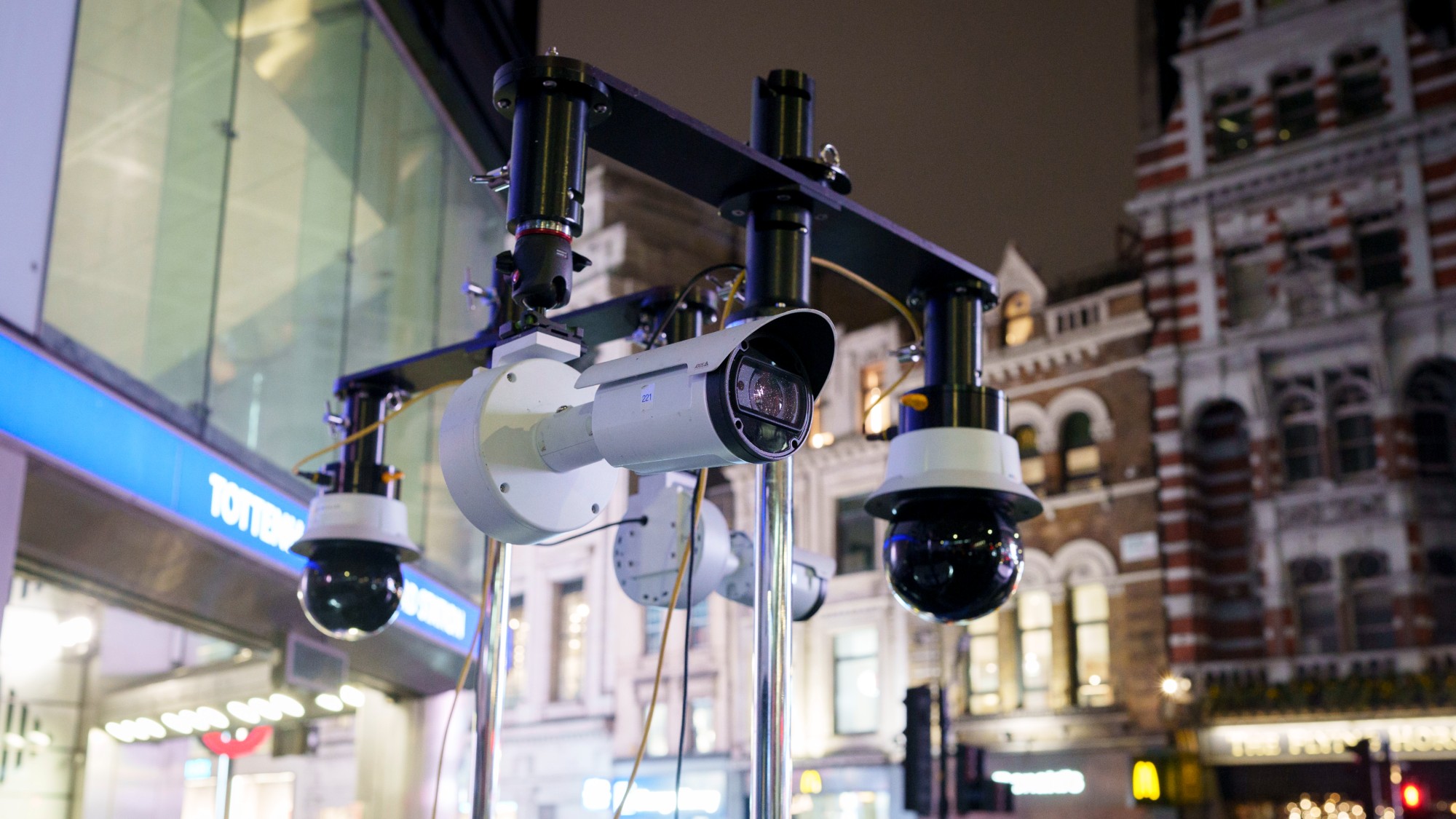 Facial recognition: a revolution in policing
Facial recognition: a revolution in policingTalking Point All 43 police forces in England and Wales are set to be granted access, with those against calling for increasing safeguards on the technology
-
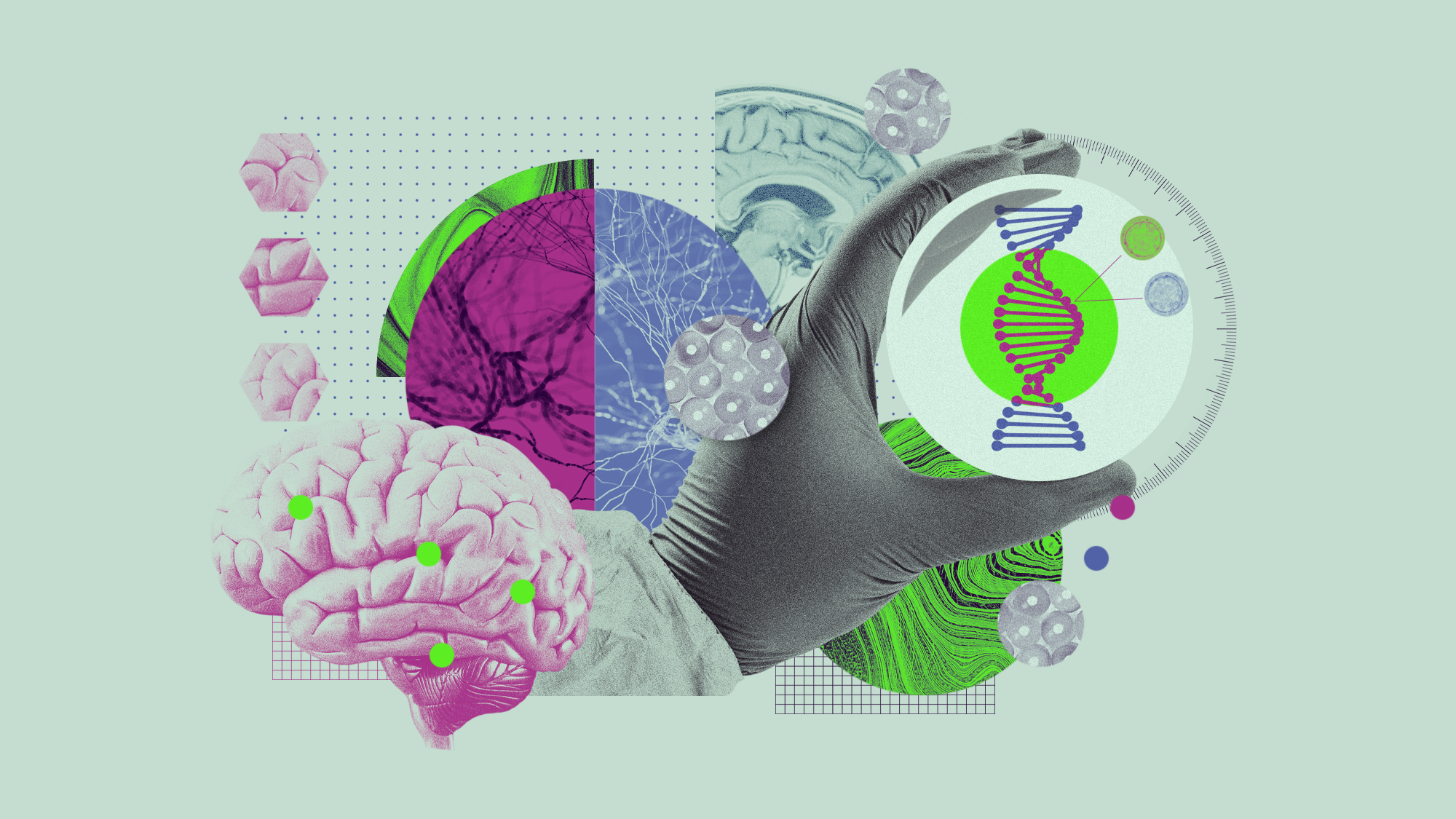 5 recent breakthroughs in biology
5 recent breakthroughs in biologyIn depth From ancient bacteria, to modern cures, to future research
-
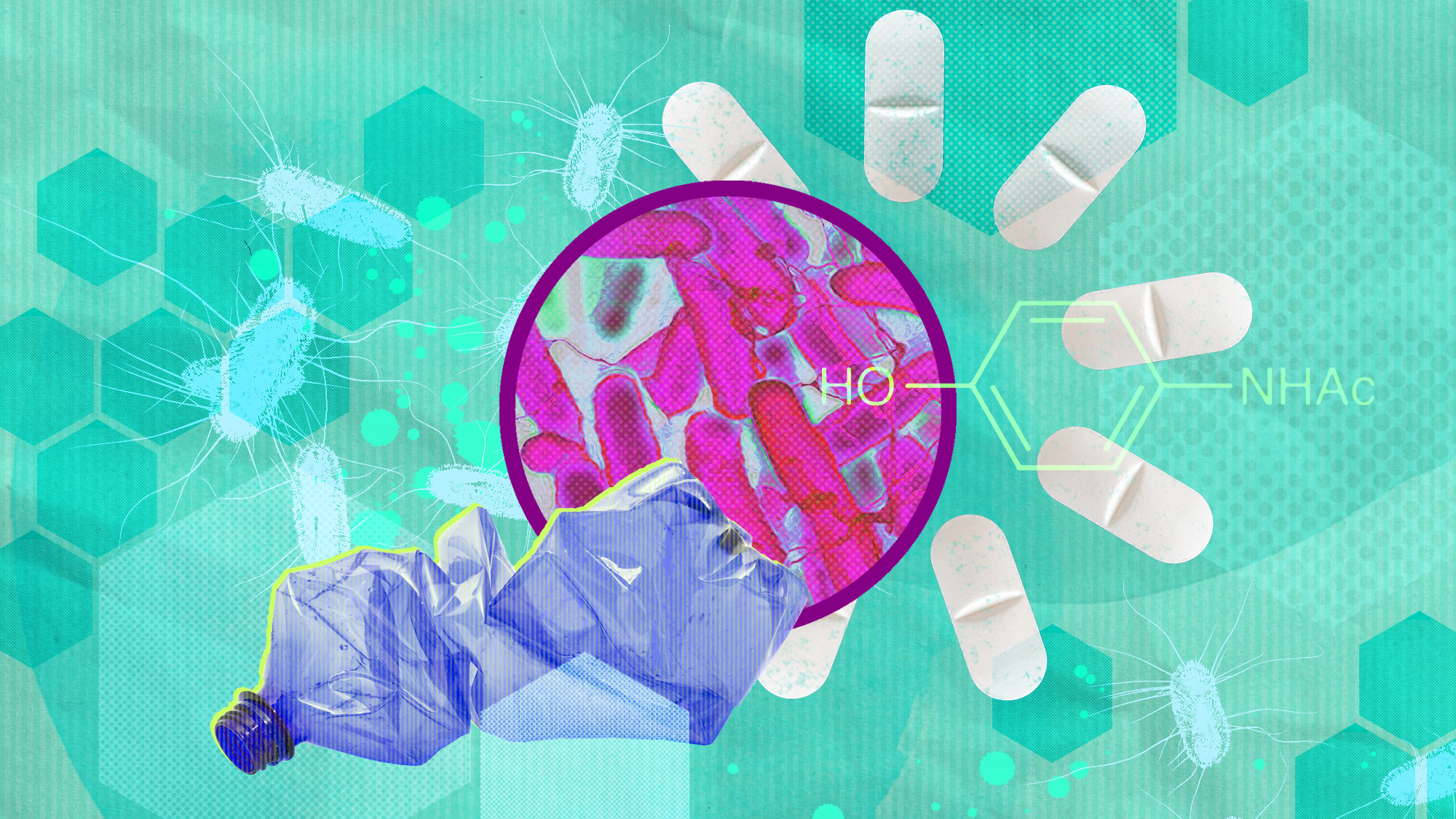 Bacteria can turn plastic waste into a painkiller
Bacteria can turn plastic waste into a painkillerUnder the radar The process could be a solution to plastic pollution
-
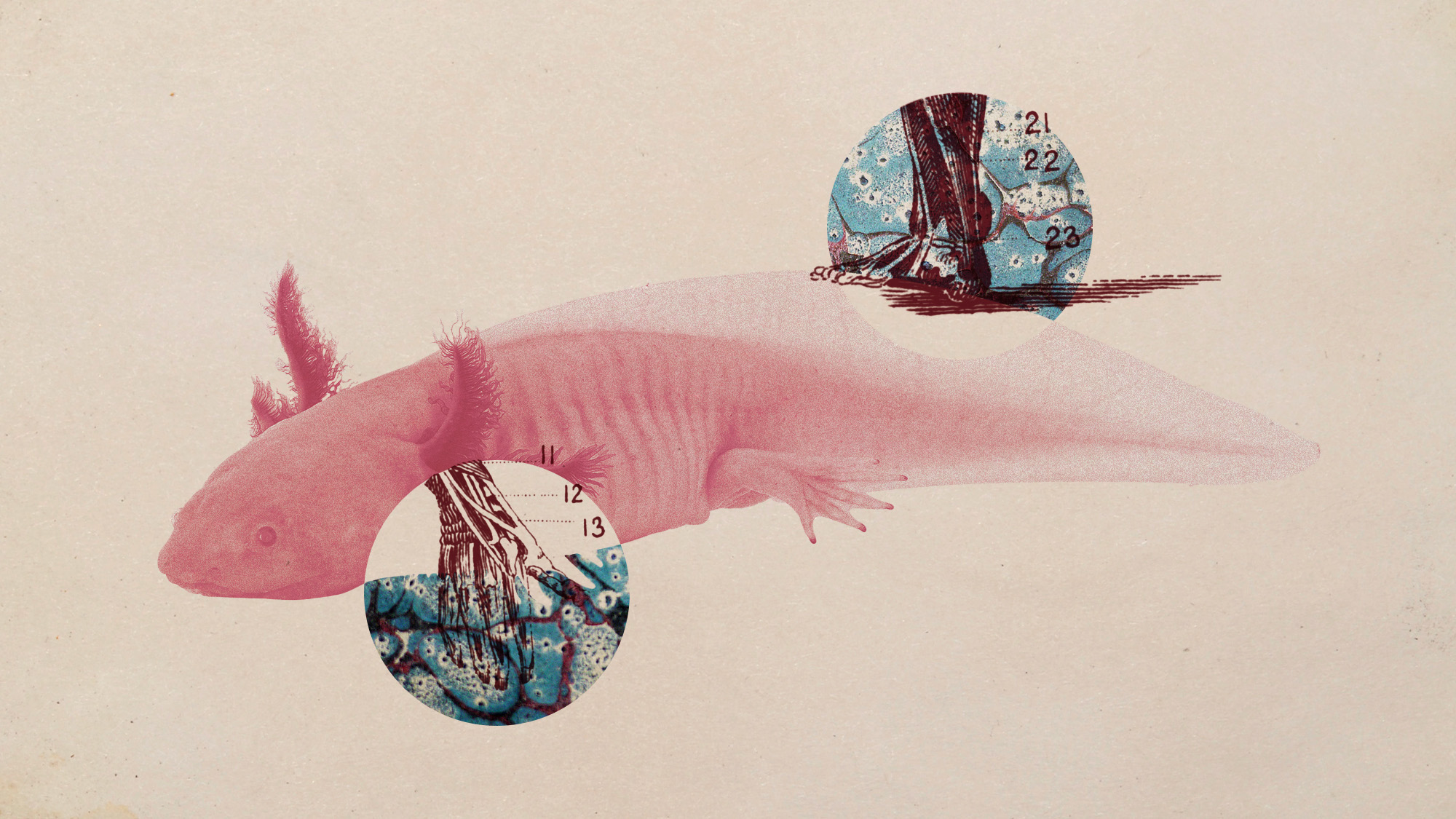 Scientists want to regrow human limbs. Salamanders could lead the way.
Scientists want to regrow human limbs. Salamanders could lead the way.Under the radar Humans may already have the genetic mechanism necessary
-
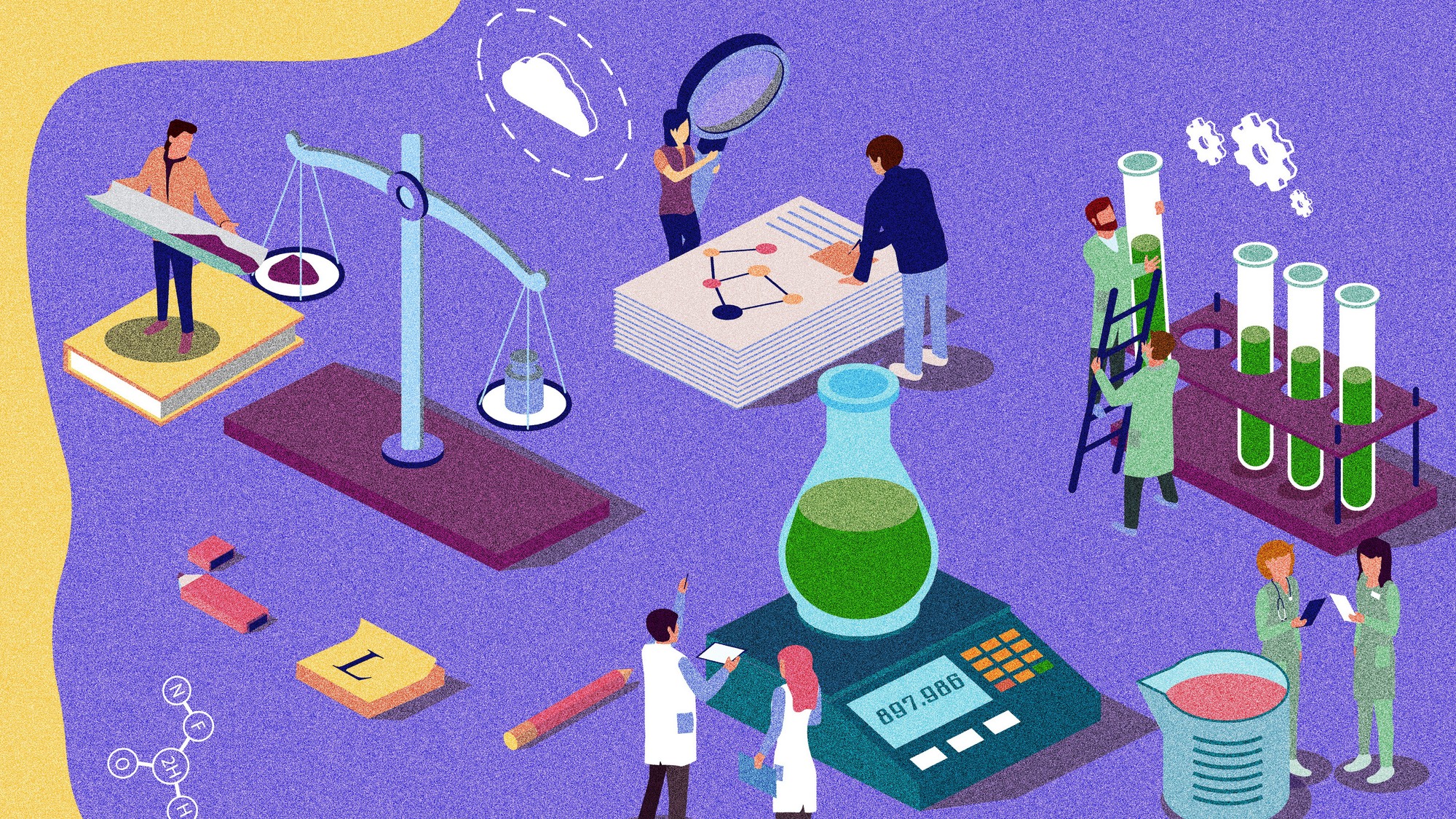 Is the world losing scientific innovation?
Is the world losing scientific innovation?Today's big question New research seems to be less exciting
-
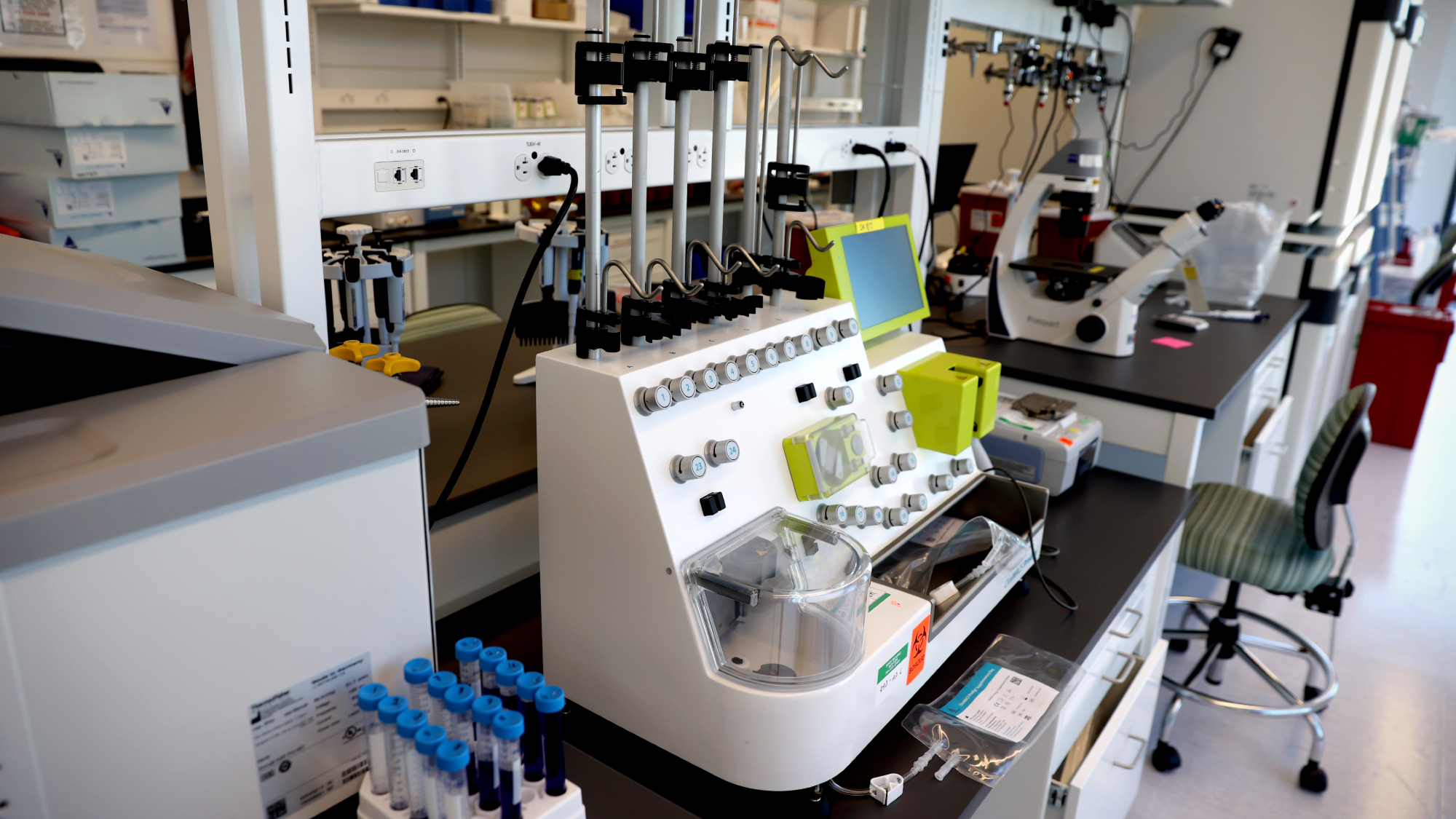 Breakthrough gene-editing treatment saves baby
Breakthrough gene-editing treatment saves babyspeed read KJ Muldoon was healed from a rare genetic condition
-
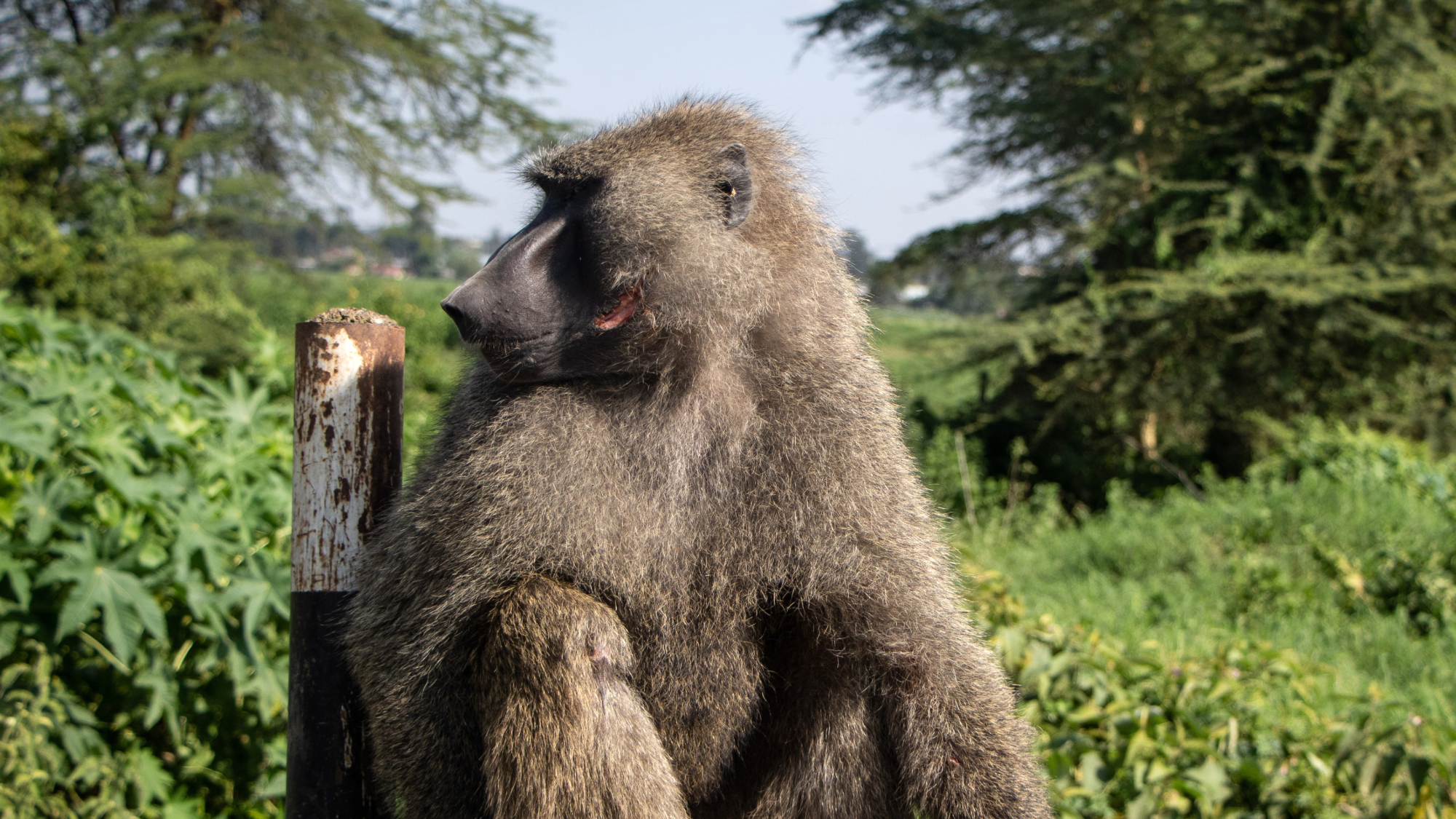 Humans heal much slower than other mammals
Humans heal much slower than other mammalsSpeed Read Slower healing may have been an evolutionary trade-off when we shed fur for sweat glands
-
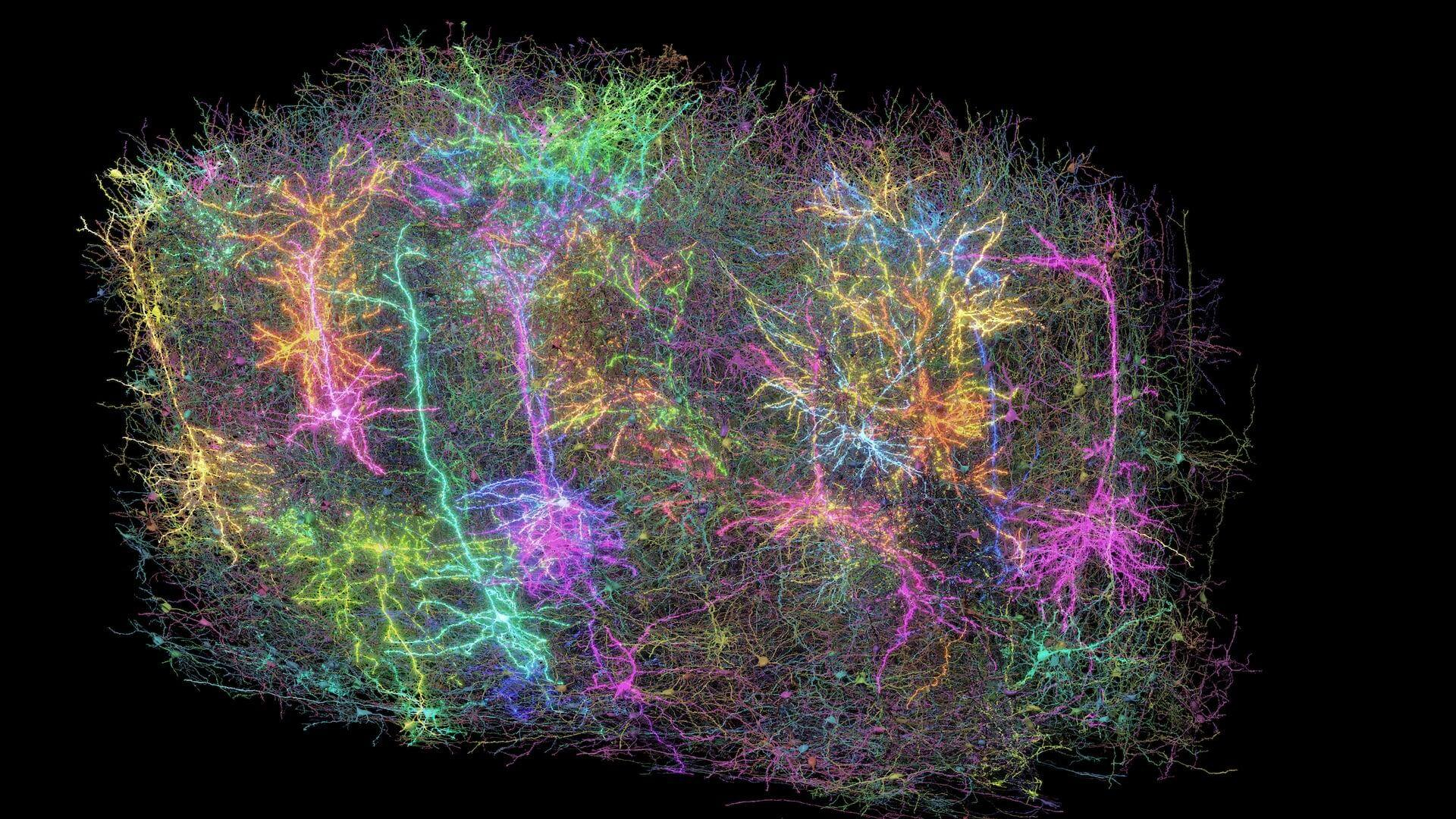 Scientists map miles of wiring in mouse brain
Scientists map miles of wiring in mouse brainSpeed Read Researchers have created the 'largest and most detailed wiring diagram of a mammalian brain to date,' said Nature
-
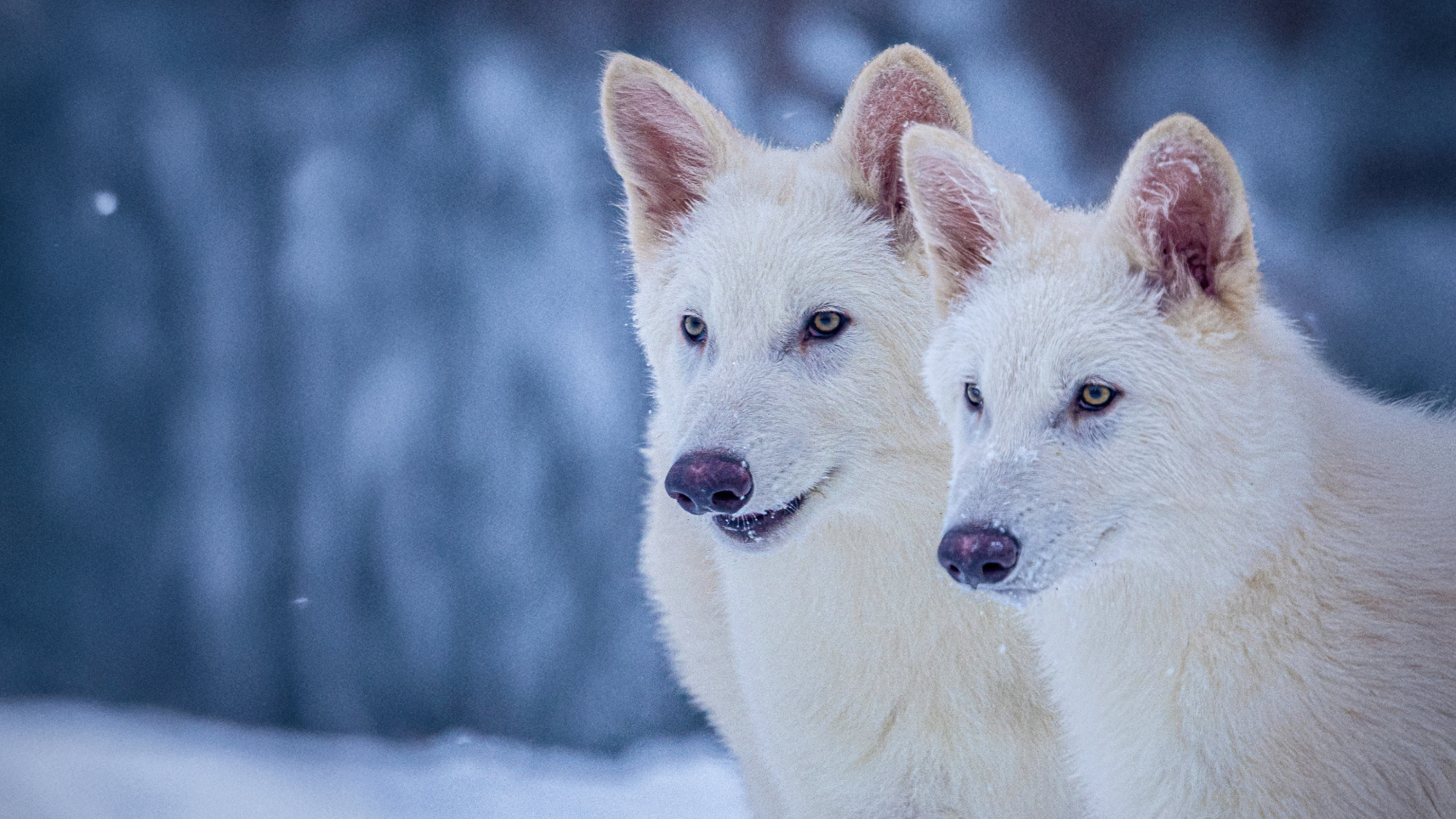 Scientists genetically revive extinct 'dire wolves'
Scientists genetically revive extinct 'dire wolves'Speed Read A 'de-extinction' company has revived the species made popular by HBO's 'Game of Thrones'